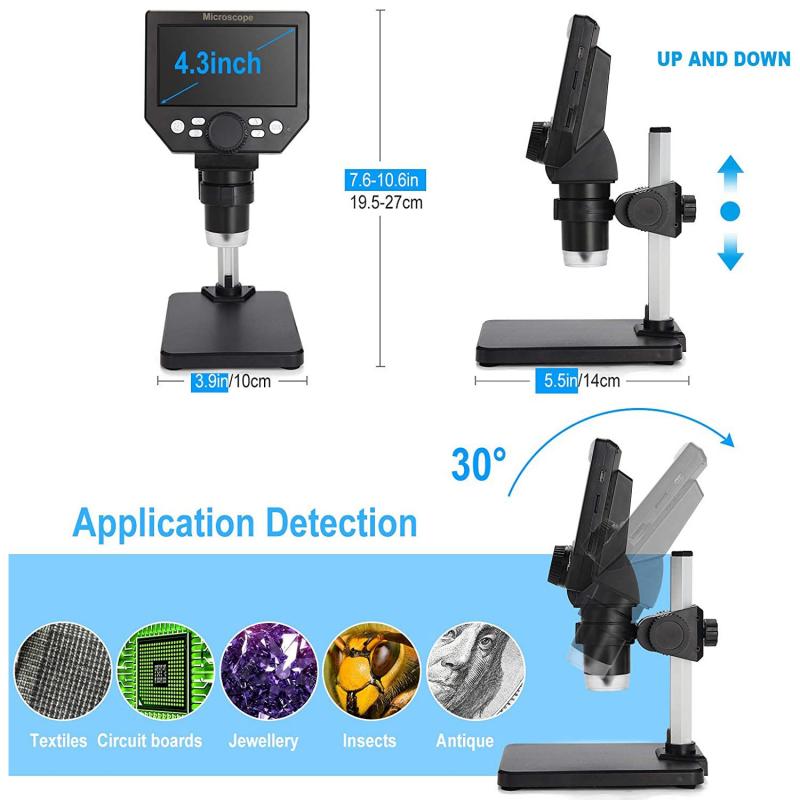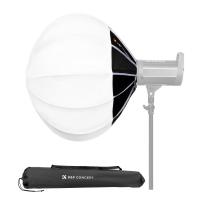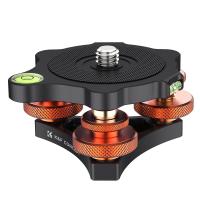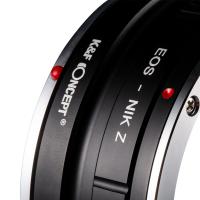What Does Yeast Look Like Under A Microscope ?
Under a microscope, yeast appears as single-celled organisms that are oval or spherical in shape. They are typically small, ranging in size from 3 to 40 micrometers in diameter. Yeast cells have a distinct cell wall that surrounds the cell membrane. The cell wall gives them a rigid structure and protects the cell from external factors. Inside the cell, you can observe a nucleus, which contains the genetic material of the yeast. Additionally, yeast cells may contain small vacuoles, which are membrane-bound compartments that store various substances. Overall, when viewed under a microscope, yeast cells exhibit a characteristic appearance that distinguishes them from other microorganisms.
1、 Cellular Structure of Yeast
Yeast is a single-celled microorganism that belongs to the fungi kingdom. When observed under a microscope, yeast cells appear as oval or spherical structures with a diameter ranging from 3 to 5 micrometers. The cellular structure of yeast is relatively simple compared to other organisms, but it still exhibits some fascinating features.
The outermost layer of yeast cells is composed of a rigid cell wall, which provides structural support and protection. This cell wall is primarily made up of a complex carbohydrate called chitin, along with proteins and glucans. The cell wall gives yeast its characteristic shape and helps it withstand changes in the environment.
Beneath the cell wall lies the plasma membrane, a thin lipid bilayer that separates the cell's interior from the external environment. The plasma membrane regulates the movement of molecules in and out of the cell, maintaining cellular homeostasis.
Within the cytoplasm, various organelles can be observed. One prominent organelle is the nucleus, which contains the yeast cell's genetic material in the form of DNA. The nucleus is typically located in the center of the cell and appears as a dark-stained structure under the microscope.
Other organelles, such as mitochondria, endoplasmic reticulum, and Golgi apparatus, are also present in yeast cells. These organelles play essential roles in cellular processes such as energy production, protein synthesis, and intracellular transport.
In recent years, advancements in microscopy techniques have allowed for more detailed observations of yeast cells. High-resolution microscopy, such as confocal microscopy, has revealed the intricate organization of subcellular structures within yeast cells. Additionally, fluorescent labeling techniques have enabled the visualization of specific proteins and molecules within the cell, providing insights into their localization and function.
Overall, yeast cells exhibit a simple yet fascinating cellular structure that has been extensively studied and continues to be a subject of research in various fields, including microbiology, genetics, and biotechnology.

2、 Morphology and Size of Yeast Cells
Yeast cells are single-celled microorganisms that belong to the fungi kingdom. When observed under a microscope, yeast cells typically appear as oval or spherical structures. The morphology of yeast cells can vary depending on the species and environmental conditions.
The size of yeast cells also varies, but most commonly, they range from 3 to 5 micrometers in diameter. However, it is important to note that yeast cells can undergo changes in size and shape during different stages of their life cycle. For instance, during budding, a process of asexual reproduction in yeast, a smaller daughter cell forms as an outgrowth from the parent cell.
Under a microscope, yeast cells may appear translucent or slightly opaque, depending on the staining techniques used. Staining can help highlight specific structures within the cell, such as the nucleus or cell wall. The cell wall of yeast cells is typically visible as a thin, outer layer surrounding the cell membrane.
Advancements in microscopy techniques have allowed for more detailed observations of yeast cells. For example, fluorescence microscopy can be used to visualize specific cellular components or proteins within the yeast cell. This technique has provided insights into the localization and dynamics of various cellular processes in yeast.
In recent years, the use of high-resolution microscopy techniques, such as super-resolution microscopy, has further enhanced our understanding of yeast cell morphology. These techniques have revealed finer details of yeast cell structures, including the organization of the cell wall, cytoskeleton, and organelles.
Overall, yeast cells under a microscope exhibit a characteristic morphology of oval or spherical shapes, with a size range of 3 to 5 micrometers. Ongoing advancements in microscopy techniques continue to contribute to our understanding of the intricate details of yeast cell structure and function.

3、 Yeast Cell Division and Reproduction
Yeast is a type of fungus that belongs to the Saccharomyces cerevisiae species. When observed under a microscope, yeast cells appear as small, oval-shaped structures. They typically measure about 5-10 micrometers in diameter. The cell wall of yeast is visible as a thin, transparent layer surrounding the cell. Inside the cell wall, the cytoplasm appears granular and contains various organelles such as the nucleus, mitochondria, and vacuoles.
During cell division and reproduction, yeast undergo a process called budding. Budding is a form of asexual reproduction where a small bud or outgrowth forms on the parent cell. This bud gradually enlarges and eventually separates from the parent cell, becoming an independent yeast cell. Under the microscope, this process can be observed as a small protrusion or bulge on the surface of the parent cell, which gradually grows in size until it detaches.
Recent studies have shed light on the molecular mechanisms underlying yeast cell division and reproduction. It has been discovered that a protein complex called the septin ring plays a crucial role in the formation of the bud. The septin ring assembles at the site of bud emergence and acts as a scaffold for the recruitment of other proteins involved in cell division. Additionally, various signaling pathways and regulatory proteins control the timing and coordination of the budding process.
Advancements in microscopy techniques, such as fluorescence microscopy, have allowed researchers to visualize yeast cell division in greater detail. Fluorescently labeled proteins can be used to track the dynamics of specific cellular components during budding. This has provided valuable insights into the spatial and temporal regulation of yeast cell division.
In conclusion, yeast cells appear as small, oval-shaped structures under the microscope. During cell division and reproduction, yeast undergo budding, where a small bud forms on the parent cell and eventually separates. Recent research has elucidated the molecular mechanisms and regulatory pathways involved in yeast cell division, thanks to advancements in microscopy techniques.

4、 Internal Organelles and Components of Yeast Cells
Yeast cells are single-celled microorganisms that belong to the fungi kingdom. When observed under a microscope, yeast cells appear as oval or spherical structures, typically measuring between 3 to 5 micrometers in diameter. The cell wall of yeast is visible as a thin, transparent layer surrounding the cell. This cell wall provides structural support and protection to the cell.
Inside the yeast cell, various internal organelles and components can be observed. One of the most prominent structures is the nucleus, which appears as a dark, round or oval-shaped region within the cell. The nucleus contains the genetic material of the yeast cell, including the DNA.
Other organelles that can be observed include mitochondria, which appear as elongated structures with a double membrane. These organelles are responsible for generating energy through cellular respiration. Additionally, vacuoles can be seen within the yeast cell. Vacuoles are membrane-bound compartments that store various substances such as water, ions, and nutrients.
Under high magnification, smaller structures such as ribosomes, which are involved in protein synthesis, can also be observed. These appear as tiny dots scattered throughout the cytoplasm of the yeast cell.
It is important to note that the latest advancements in microscopy techniques, such as fluorescence microscopy, have allowed for more detailed observations of yeast cells. These techniques can be used to visualize specific components within the cell, such as specific proteins or organelles, by labeling them with fluorescent markers. This provides researchers with a more comprehensive understanding of the internal structure and dynamics of yeast cells.




































